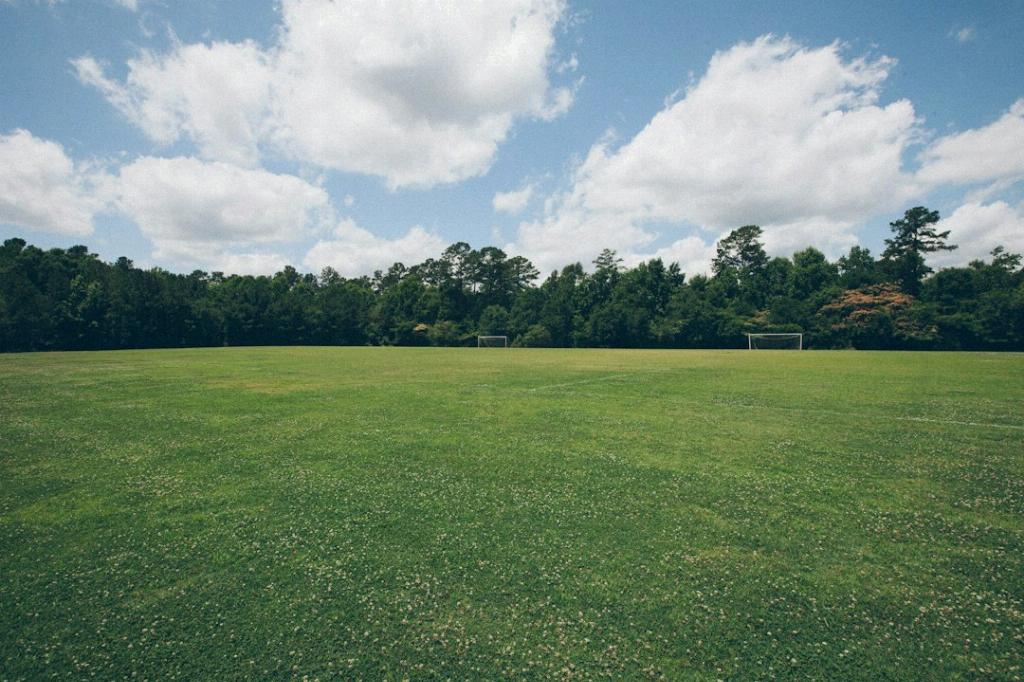When it comes to maintaining a lush and healthy lawn, timing is everything. Knowing when to water your lawn can make a significant difference in its overall health and appearance. Consider the following facts and tips to ensure your grass gets the proper hydration it needs.
The Importance of Minimizing Evaporation
One crucial factor to consider when watering your lawn is minimizing evaporation. To reduce water loss due to evaporation, it’s best to water your lawn when the sun is not at its peak. The early morning hours, before the sun is high in the sky, provide an ideal window for watering.
Best Practices for Watering
Watering your lawn in the early morning is considered the best practice. This timing allows the grass to absorb the water effectively without the risk of excess evaporation. If watering in the morning is not possible, the evening is the next best option. However, make sure to water early enough so that the grass has time to dry before nightfall, reducing the risk of fungal growth.
Signs Your Lawn Needs Water
It’s essential to pay attention to the signs that indicate your lawn needs water. If you notice a bluish-gray color, wilted, folded, or curled leaves on your grass, these are signs of dehydration. In such cases, it’s crucial to water your lawn promptly to prevent stress and damage to the grass.
Monitoring Soil Moisture Levels
To determine when to water your lawn, it’s beneficial to monitor the soil moisture levels. You can use a simple tool like a soil moisture meter or manually check the soil by inserting your finger into the ground. If the soil feels dry several inches below the surface, it’s time to water your lawn.
Frequency of Watering
The frequency of watering your lawn depends on several factors, including the type of grass, soil type, and weather conditions. In general, most lawns require about 1 to 1.5 inches of water per week, including rainfall. Divide this amount into a few deep watering sessions rather than frequent shallow waterings to encourage deep root growth.
Watering During Hot Weather
During hot weather conditions, your lawn may require more frequent watering to prevent dehydration. If temperatures are consistently high, consider adjusting your watering schedule to provide additional hydration to your grass. Be mindful of any water restrictions in your area and water efficiently to conserve water.
Avoiding Overwatering
While it’s essential to water your lawn adequately, overwatering can do more harm than good. Excess water can lead to waterlogging, oxygen deprivation in the soil, and increased risk of fungal diseases. Be mindful of the signs of overwatering, such as waterlogged soil, yellowing grass, and fungus growth.
Utilizing Irrigation Systems
If you have an irrigation system installed in your lawn, make sure to calibrate it properly to deliver the right amount of water evenly across the lawn. Check for any leaks, clogs, or broken sprinkler heads that may affect the efficiency of the system. Regularly maintain and adjust your irrigation schedule based on weather conditions.
Considering Seasonal Changes
Adjusting your watering schedule to account for seasonal changes is crucial for the health of your lawn. During the milder spring and fall seasons, you may need to water less frequently compared to the hot summer months. Monitor the moisture levels in your soil and adapt your watering routine accordingly.
Conserving Water
Water conservation is an essential aspect of lawn care, especially in regions prone to drought or water restrictions. To conserve water while keeping your lawn healthy, consider using rain barrels to collect and store rainwater for watering purposes. Additionally, choose drought-tolerant grass varieties and implement water-saving practices in your lawn care routine.

Conclusion
Knowing when to water your lawn is a key element in maintaining a vibrant and thriving lawn. By following the optimal watering practices, monitoring soil moisture levels, and adjusting your watering schedule accordingly, you can ensure that your grass receives the right amount of hydration to flourish. Remember to pay attention to the signs of dehydration, avoid overwatering, and make water conservation a priority in your lawn care efforts.
